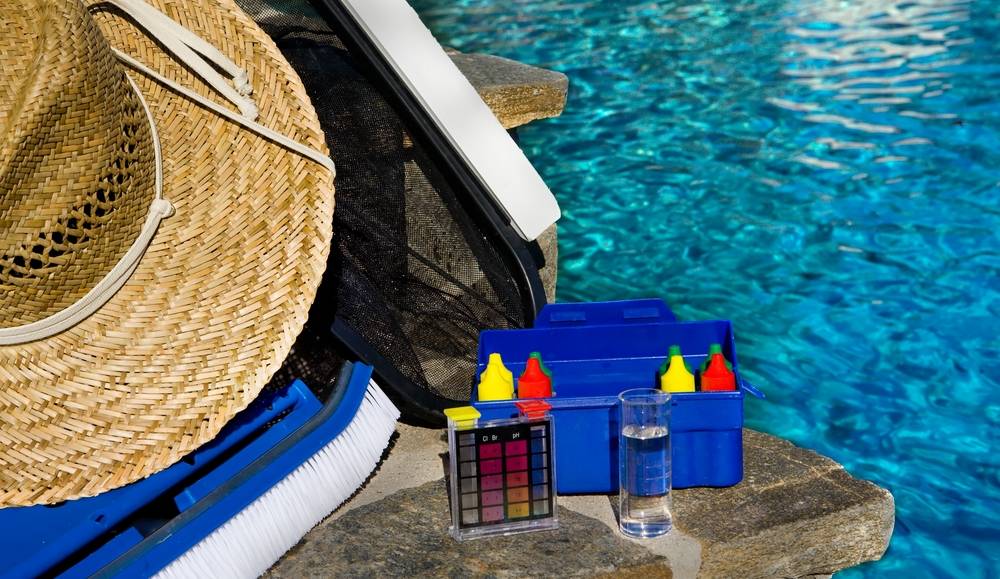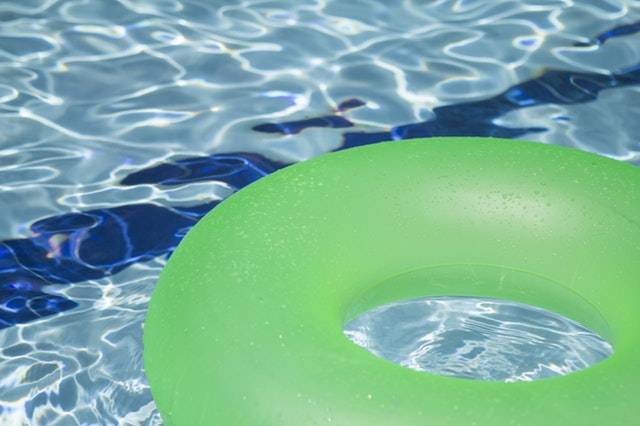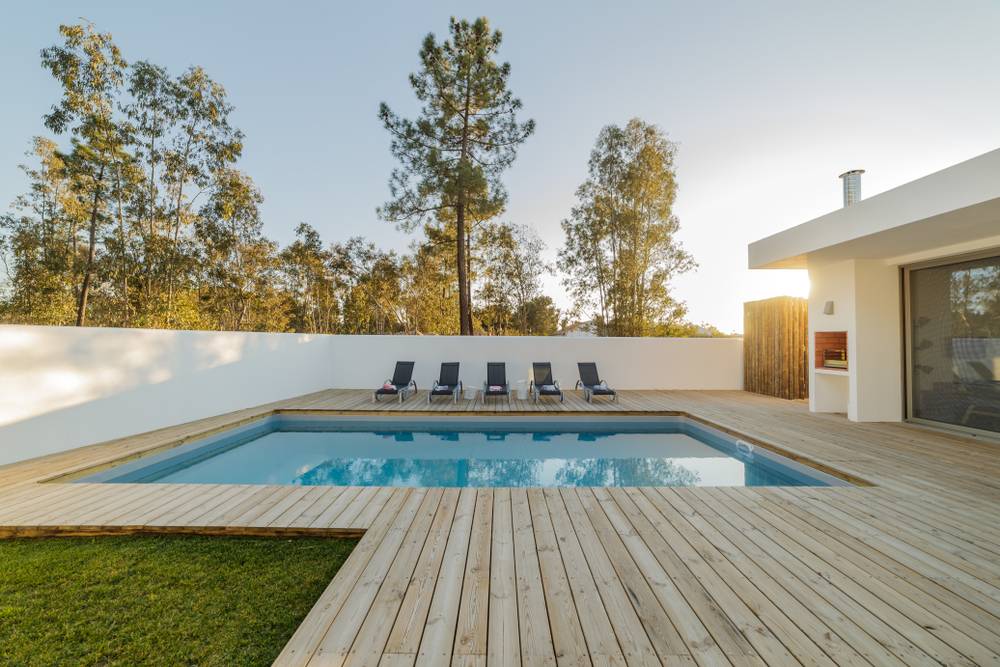Hi folks, looking for some opinions here. The pool stats:
Located in Southern NH, two year old 39k gallon Gunite pool.
Opened again last week of April, it's been a cold spring, water temps past month hovering around low to mid 70's in June though it did reach 80F with some water heater help a week ago.
Chlorine and UV/Ozone system (yes I know opinions on that)
We have a chlorine disk feeder system, I've been keeping it loaded every day to the top. It uses roughly 2 disks per day in order to maintain 2 to 3 ppm free chlorine level.
My test kit is a Taylor K-1005.
I've been using the pool service of our installer, every two weeks, since install. I watch everything thing they do, read this forum, and test daily because I'm an anal nut.....trying to learn enough to eliminate the service cost.
We've hardly used the pool since opening in April, so very little contamination. It's located in an open area, gets all day sun, no trees, nothing besides pollen and the occasional frog in there, pool is spotless and the water perfectly clear.
The following situation happened this week, and it happened once last month two weeks after opening. The pool is perfectly clear, chlorine at 2 to 3ppm, pH at 7.5 maintained with muriatic acid periodically, total alkalinity at 90, calcium hardness at 400. Everything looks perfect, I'm able to maintain this with little variation over a month. The pool service guy comes this past Tuesday, I watch him test (more expensive Taylor kit), he has roughly the exact same results as mine. He doesn't add any chemicals, checks also clarity says it's perfect. Pool looks great that evening, no rain overnight so nothing changes, I go out to test the pool mid morning Wednesday and the chlorine is zero, I mean absolute zero ppm. I look at the disc feeder, it's down two discs like normal which means it's feeding chlorine into the water.
First thing I do is put the disc feeder on maximum flow, and I add a single disc in each of the two filter baskets in the pool. I retest mid day yesterday, it's still zero. At days end I pour in two gallons of super shock. According to the label that's may half of a normal shock treatment for my size pool, but I only had two gallons. I test this morning (Friday), now I get a chlorine reading over 5 ppm....so I'm back with some chlorine in water.
Also to mention, my first thought was my test liquids from Taylor need to be replaced. They all have 2024 usage dates on them, but I bought replacements last month from Taylor just in case....plus I test a lot so figured I'd use them up. I parallel path tested with the new test liquids yesterday, same results....the new liquids had 2025 usage dates on them.....so I think I eliminated the test kit as the issue.
What I need help with.....I'm able to maintain very consistent chlorine ppm for numerous weeks, with extremely consistent chlorine disc usage, and then in the bat of an eye, the level goes to zero.....not even gradually, it just disappears. This has happened twice in a month.
Any idea what could cause this, for sure I'm missing something.
Located in Southern NH, two year old 39k gallon Gunite pool.
Opened again last week of April, it's been a cold spring, water temps past month hovering around low to mid 70's in June though it did reach 80F with some water heater help a week ago.
Chlorine and UV/Ozone system (yes I know opinions on that)
We have a chlorine disk feeder system, I've been keeping it loaded every day to the top. It uses roughly 2 disks per day in order to maintain 2 to 3 ppm free chlorine level.
My test kit is a Taylor K-1005.
I've been using the pool service of our installer, every two weeks, since install. I watch everything thing they do, read this forum, and test daily because I'm an anal nut.....trying to learn enough to eliminate the service cost.
We've hardly used the pool since opening in April, so very little contamination. It's located in an open area, gets all day sun, no trees, nothing besides pollen and the occasional frog in there, pool is spotless and the water perfectly clear.
The following situation happened this week, and it happened once last month two weeks after opening. The pool is perfectly clear, chlorine at 2 to 3ppm, pH at 7.5 maintained with muriatic acid periodically, total alkalinity at 90, calcium hardness at 400. Everything looks perfect, I'm able to maintain this with little variation over a month. The pool service guy comes this past Tuesday, I watch him test (more expensive Taylor kit), he has roughly the exact same results as mine. He doesn't add any chemicals, checks also clarity says it's perfect. Pool looks great that evening, no rain overnight so nothing changes, I go out to test the pool mid morning Wednesday and the chlorine is zero, I mean absolute zero ppm. I look at the disc feeder, it's down two discs like normal which means it's feeding chlorine into the water.
First thing I do is put the disc feeder on maximum flow, and I add a single disc in each of the two filter baskets in the pool. I retest mid day yesterday, it's still zero. At days end I pour in two gallons of super shock. According to the label that's may half of a normal shock treatment for my size pool, but I only had two gallons. I test this morning (Friday), now I get a chlorine reading over 5 ppm....so I'm back with some chlorine in water.
Also to mention, my first thought was my test liquids from Taylor need to be replaced. They all have 2024 usage dates on them, but I bought replacements last month from Taylor just in case....plus I test a lot so figured I'd use them up. I parallel path tested with the new test liquids yesterday, same results....the new liquids had 2025 usage dates on them.....so I think I eliminated the test kit as the issue.
What I need help with.....I'm able to maintain very consistent chlorine ppm for numerous weeks, with extremely consistent chlorine disc usage, and then in the bat of an eye, the level goes to zero.....not even gradually, it just disappears. This has happened twice in a month.
Any idea what could cause this, for sure I'm missing something.




